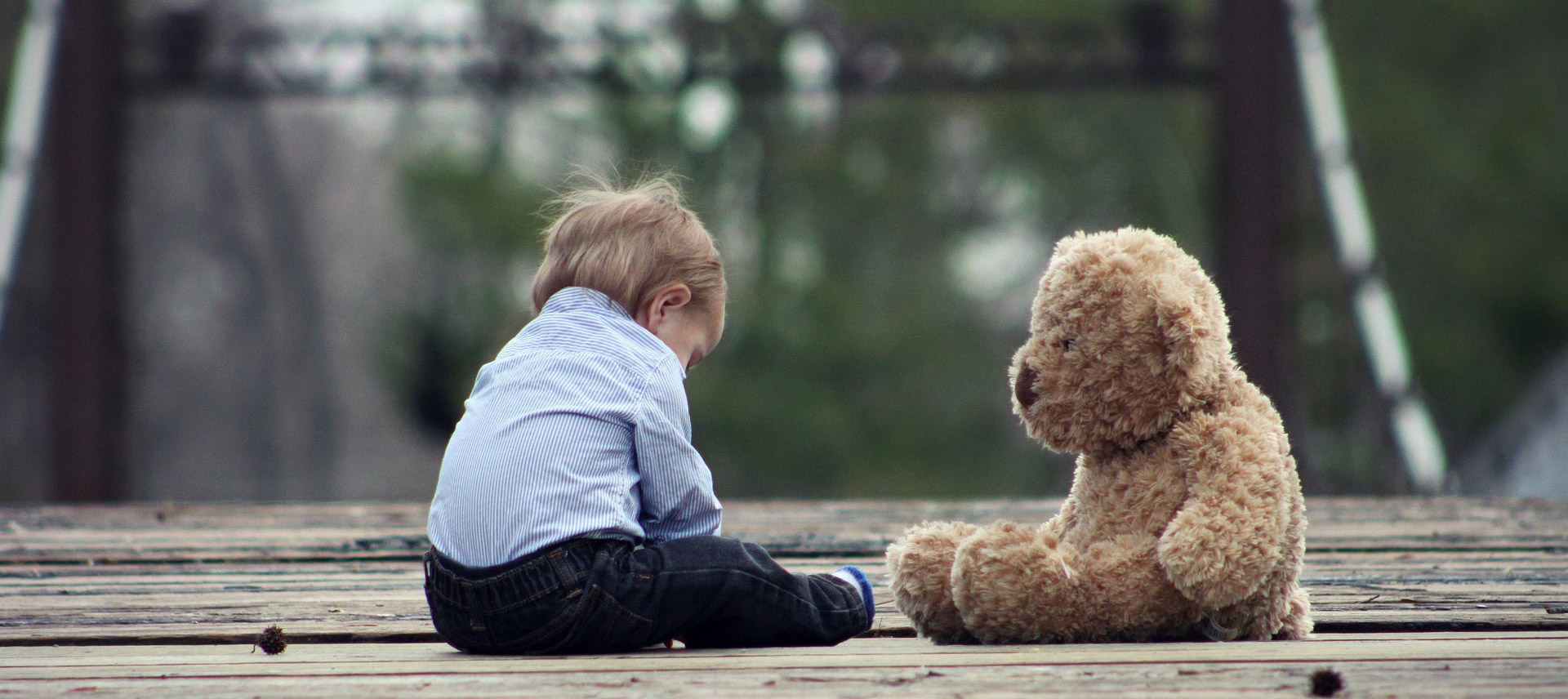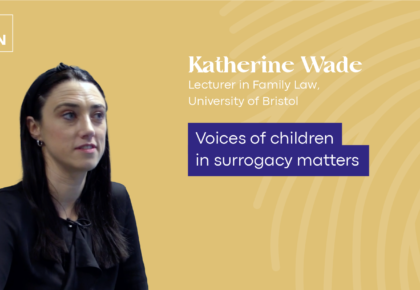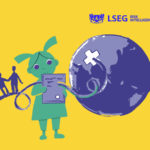
June 2026, Spain: Civil Registry will no longer automatically register children born through surrogacy
The Spanish government has issued new directives to reinforce the ban on surrogacy, in line with the Supreme Court ruling of December 2024, which declared such contracts null and void and contrary to Spanish public order. The 2024 court ruling also established that the best interests of the child must be based on the regulations and treaties in force in Spain, as well as on the case law that develops them, and emphasised that surrogacy contracts involve the objectification of both the surrogate mother and the child and contravene essential principles enshrined in the Spanish legal system. Despite the ban on this practice since 2006, in 2024, up to 154 children born through surrogacy were registered in the Spanish Civil Registry by virtue of a foreign court ruling.
According to the new order, which came into force on 1 May 2025, the Civil Registry will no longer directly register children born through surrogacy abroad, even if there is a foreign judicial or administrative decision. Parentage must be established through biological links or through the legal adoption procedure provided for in Spanish law. This measure aims to prevent Spanish citizens from avoiding national legislation by resorting to such practices abroad.
This measure responds to the long-standing demand of child protection groups and the feminist movement, which argue that surrogacy commodifies the bodies of women and children. This directive is also in line with the position of the European Court of Human Rights, which allows countries to apply restrictions when surrogacy is prohibited in their legislation. Similar prohibitions exist in other European countries such as Germany, France and Italy.
Child Identity Protection (CHIP) welcomes this decision by the Spanish government, which takes a further step towards protecting children’s right to identity. However, in the case of anonymous gamete donations, CHIP is concerned about the inability to guarantee the collection and storage of all information relating to the identity of the child and the inability to guarantee the exclusive use of identifiable providers of human genetic material to ensure the preservation of information relating to biological origins and prevent the illicit modification of family relations. CHIP notes with caution the use of the legal adoption procedure to establish the legal parent-child relationship, echoing the statement of the Hague Conference on Private International Law that it is inappropriate to use the 1993 Hague Convention on Adoption in cases of international surrogacy. Even when the gamete donors are identifiable, or even when the intending parents provide their genetic material, CHIP warns that a legally binding contract between the surrogate and the intended parent(s) established before birth, in which the transfer of a child is made conditional upon payment, would constitute the sale of that child. A post-birth best interest determination (BID) should be conducted to determine whether adoption by the intending parents is in the best interests of the child in these cases where the intending parents would be participating in the sale of children. Lastly, as Spain prohibits surrogacy agreements, it has a number of responsibilities to ensure that it can undertake to prohibit the practice. CHIP’s recent submission to the UN SR on VAWG summarises how these responsibilities can be undertaken.
See also: CHIP, Input to the thematic report of the Special Rapporteur on violence against women and girls (UN SR VAWG) to the General Assembly 80th session on surrogacy and violence against women and girls (May 2025), https://www.child-identity.org/thematic-report-of-the-special-rapporteur-on-violence-against-women-and-girls-on-surrogacy/; CHIP, Children’s rights in surrogacy (April 2023), https://www.child-identity.org/childrens-rights-in-surrogacy/; David Smolin. (2023). Taking sale seriously: commercial surrogacy, intermediaries, and the sale of children. In Centre interfacultaire en droits de l’enfant (CIDE) (eds.), L’enfant « fabriqué » : Quels défis pour les droits de l’enfant, son identité et ses origines ?, pp. 187-211, https://www.child-identity.org/wp-content/uploads/2023/11/Actes-colloque-2023-final.pdf ; Maud de Boer-Buquicchio. (2023). Children not for Sale. In Centre interfacultaire en droits de l’enfant (CIDE) (eds.), L’enfant « fabriqué » : Quels défis pour les droits de l’enfant, son identité et ses origines ?, pp. 173-186, https://www.child-identity.org/wp-content/uploads/2023/11/Actes-colloque-2023-final.pdf; CHIP and UNICEF briefing note: Key Considerations – Children’s Rights and Surrogacy (2022), https://www.unicef.org/media/115331/file; UN. Human Rights Council. Special Rapporteur on the Sale, Sexual Exploitation and Sexual Abuse of Children and UN. Human Rights Council. Secretariat. (2018). Report of the Special Rapporteur on the Sale and Sexual Exploitation of Children, including Child Prostitution, Child Pornography and Other Child Sexual Abuse Material : note / by the Secretariat, A/HRC/37/60, https://digitallibrary.un.org/record/1473378?ln=en&v=pdf.







